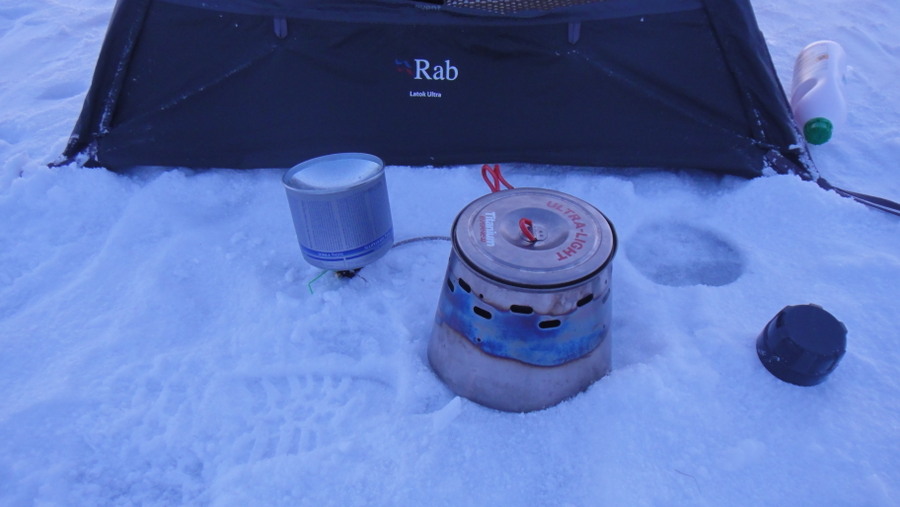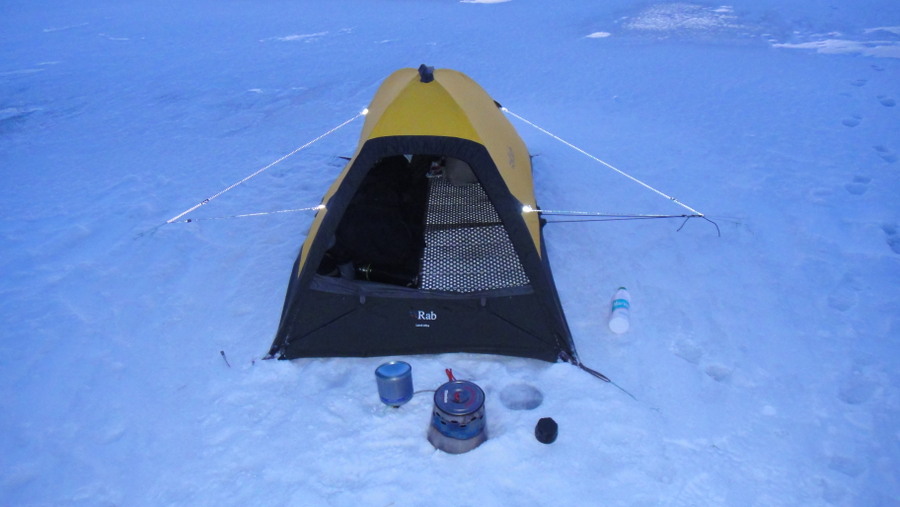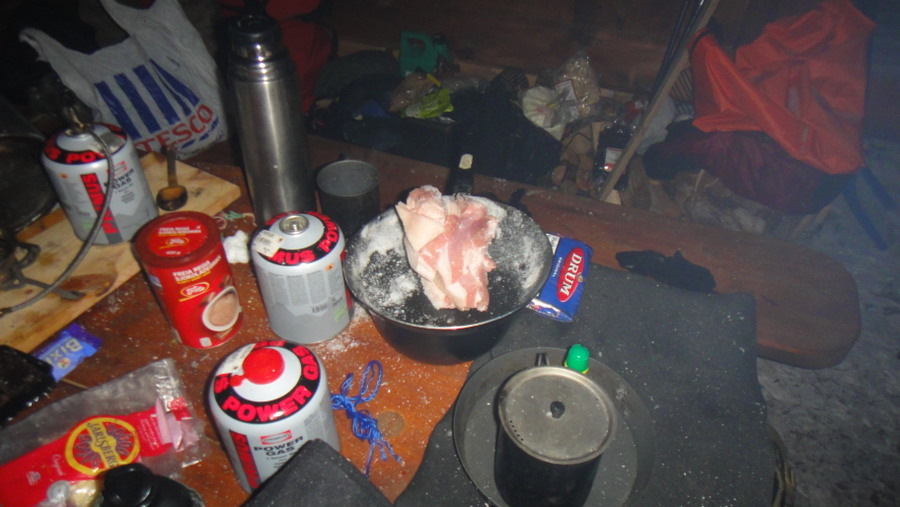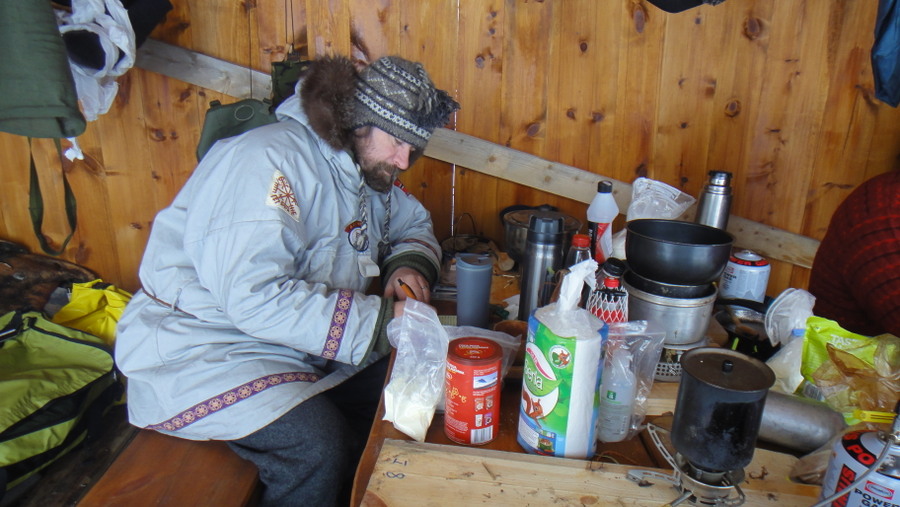Hi guys. Just got myself a brand new shiny Primus Omnifuel II as I got tired of powders and ready meals from my MSR Reactor, time to do some proper cooking. Also wasn't very impressed when I had to bathe the canister in sub zero temps just to boil some water.
So two questions:
At what temps I will need to switch from Propane/Butane canisters (which I love for the convenience) to white gas (which is also good as I won't be carrying half empty cans). This stove can handle inverted cansiter/liquid feed. And I'm asking how cold the gas is stil performing decent without any special tricks.
What is average fule consumption in ml per hour when cooking and/or melting snow.
My new setup will come very handy this January in polish mountains where -15C can be expected.
Any input and advuce much appriciated.
So two questions:
At what temps I will need to switch from Propane/Butane canisters (which I love for the convenience) to white gas (which is also good as I won't be carrying half empty cans). This stove can handle inverted cansiter/liquid feed. And I'm asking how cold the gas is stil performing decent without any special tricks.
What is average fule consumption in ml per hour when cooking and/or melting snow.
My new setup will come very handy this January in polish mountains where -15C can be expected.
Any input and advuce much appriciated.




